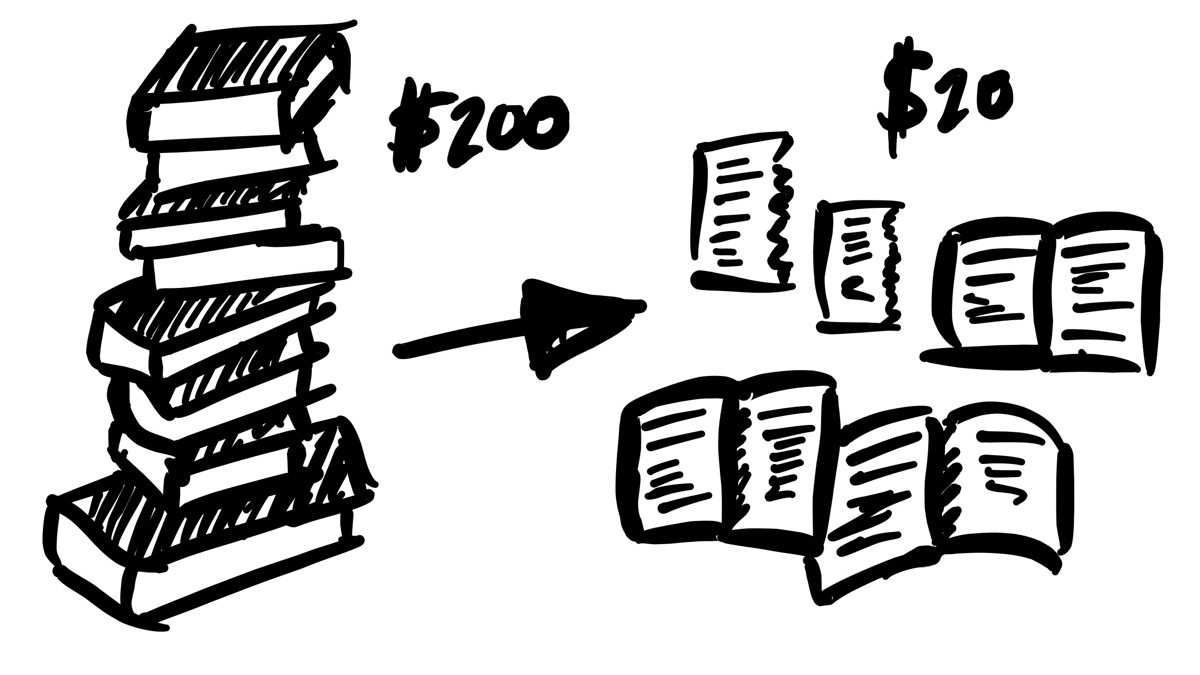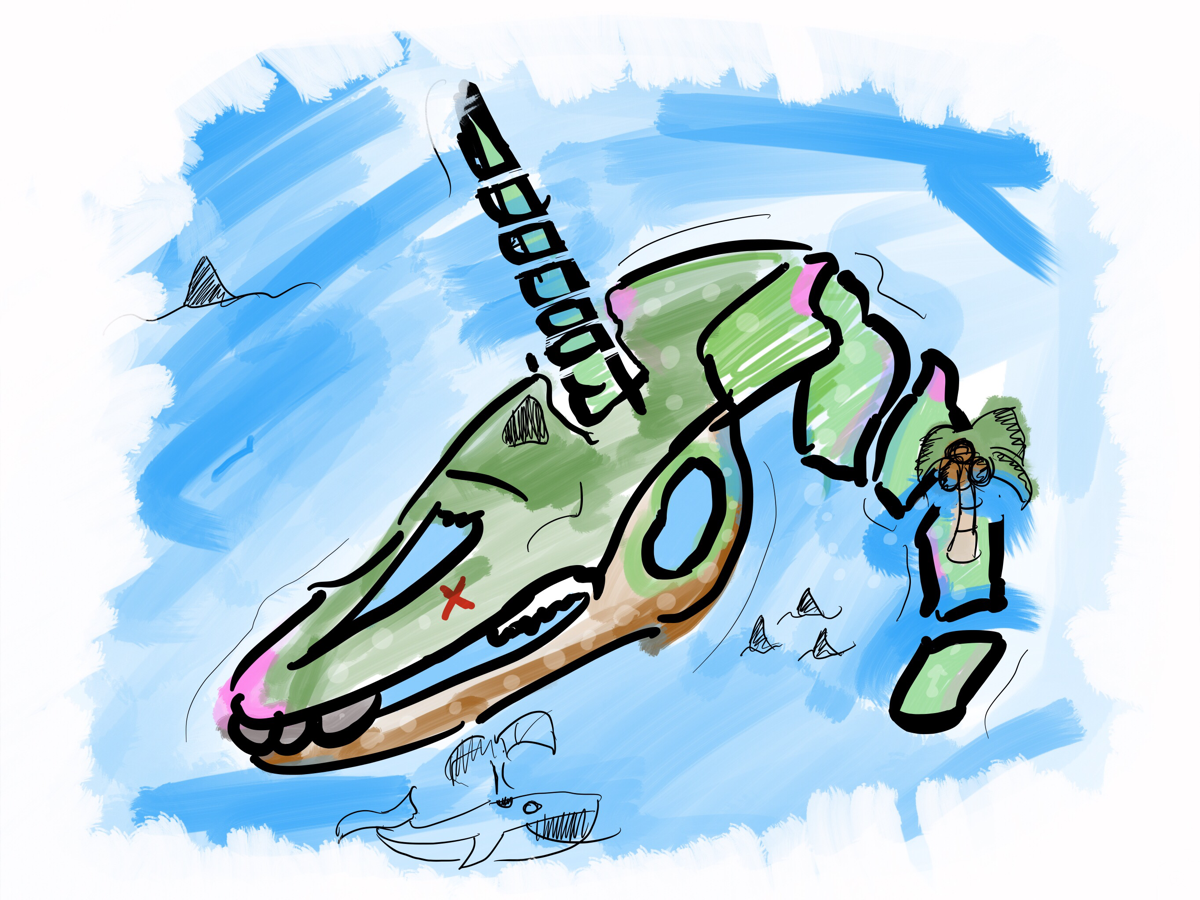Welcome to issue 3 or issue 20, depending on how you’re counting. I wrote new things this week, which I’ll probably share next week. Because I have a small backlog of writing that from previous weeks. Now I can finally practice scheduling posts.
I can also do some quick links to things right here. It’s like the honorable mentions of things you might want to take a look at.
What I’m watching — Jerrod Carmichael: 8 (HBO, trailer on YouTube)
A few weeks ago, I wrote notes for Jerrod Carmichael’s appearance on Tim Ferriss’s podcast. I didn’t realize he had a new HBO special until I was browsing HBO last night. If you liked Jerrod’s first special, you’ll like this also.
Oh and the Dave Chappelle Netflix specials are great also, but I’m guessing you’ve already seen them. Chappelle has a bit about going to a Kevin Hart show. I like Kevin Hart but a tier below Chappelle and Chris Rock. I really liked Kevin’s tweet responding to someone saying Chappelle is better.
What I’m reading
Next week I’ll share some things I’ve written about prioritizing health. I’ve been trying to shift my media consumption in that direction. I bought Michael Matthews’s Bigger, Leaner, Stronger on Kindle and Audible because they were on sale for a couple bucks. I didn’t know what to expect, but it’s great and the workouts look reasonable. Particularly amongst other material written for guys who are like 19 and function better with a hangover than I would now after 10 hours of sleep.
I also bought Robb Wolf’s Wired to Eat. He wrote The Paleo Solution, so that might give you a sense of what Wired to Eat is about. I always say that the time in my life that I felt healthiest was when I was following a paleo diet pretty closely. (I also was like 24 and functioned better with a hangover than I would now after 10 hours of sleep.)
If you’ve got time, check out Robb Wolf’s appearance on Joe Rogan’s podcast.
The hodgepodge that comes from treating books like blogs and audiobooks like podcasts
In March, I’ve been experimenting with skimming more and not feeling the need to finish books from cover to cover. Oh yeah, so I’ve been reading:
- Wired to Eat
- Bigger, Leaner, Stronger
- Hitman by Bret Hart (my favorite wrestler but man nothing is ever his fault according to him)
- Born to Fight (MMA fighter Mark Hunt’s biography)
- Flow (finally reading something by Mihaly Csikszentmihalyi instead of something referencing him a dozen times)
- Snow Crash (I finished this and it reminds me of Infinite Jest in that the writing and world-building is great but I needed to do some Googling to know what the hell happened)
And then an assortment of audiobooks:
- Sapiens
- How to Build Self-Discipline to Exercise
- The Urban Monk
- The Power of Thought
- Designing Your Life
- The Art of Possibility
What’s happened is that I’m skimming more but still feeling like I should read some of them thoroughly, which causes some kind of anxiety. I’ll stick to it for a few more weeks, but it seems to be a step back in practicing focus.
Shane Parrish and Naval Ravikant: Monkey mind

Ravikant talks about the monkey mind and throughout the podcast he talks about not being as angry as he used to be. He says that he would go through a lot of the same things but without the emotion and anger.
To be able to control the monkey mind you need to recognize that it’s there in the first place. When you sit down and meditate for the first time one of the things that you can accomplish pretty quickly is recognizing how many thoughts you have banging around your brain.
I’ve been reading Snow Crash and one of the excerpts I liked is where he talks about hearing some crazy story and taking all the facts in and what that process feels like.
Hiro puts his head in his hands. He’s not exactly thinking about this; he’s letting it ricochet around in his skull, waiting for it to come to rest.
Our minds really can be like those lottery things where all of the ping-pong balls are bouncing around. Or like the Crystal Maze where all the money is flying around in the chamber.
With enough meditation I’m hoping I can be more like bubble bobble where all the balls are organized and I can choose which one to focus on and move them around freely.
Being a straight-A student, even after school ends
I wrote about Cal Newport’s appearance on Pat Flynn’s podcast. I mentioned that they go through Cal’s history as an author. They talk briefly about How to Become a Straight-A Student, and Cal says that the one thing that matters above all others as a student is active recall.
In the past couple weeks since listening to the podcast, I’ve been recording voice notes to try applying the concept in a non-academic setting. It’s been good exercise just talking through post ideas to organize my thoughts.
That made me realize that these blog posts are very short essays. It struck me that How to Become a Straight-A Student might have some other useful tools.
It did. He talks about falling off the wagon:
To date, I have yet to have successfully followed any time-management system without interruption for longer than two months. I try, but inevitably I hit a rough patch. Typically, this happens during the few days following a really busy period—I’m so exhausted from the intensity of the preceding work that I find myself unable to even mention the word “to-do” without breaking into a cold sweat.
There’s value in knowing you’ll fall off the wagon. Mostly because you can prepare for it. He explains how a student can reset and get back on the system.
Let’s apply that elsewhere… say you signed up for a gym to re-prioritize your health. I’m trying to improve on planning workouts ahead of time. Now I know to also look for speed bumps where I’ll fall off the wagon and have a plan to reset and get back on it.
I’m going to a bachelor party in Austin in a couple weeks. There’s going to be barbecue in amounts ranging from mental guilt from eating to just plain physical pain from eating.
It’s a very, very clear speed bump. I’ve got a free training session as a sign-up bonus so I’m planning to schedule that for the week that I get back from Austin. Getting back on the wagon is easier with a little help, and I’ll be ready to be a straight-A student.
NAQ (Never asked questions): Why are you using voice notes for rough drafts?
I wrote about The Clown vs. The Editor as part of book notes for How to Write Funny by Scott Dikkers. Here’s my description of the collaboration between the clown and editor:
The Clown, being an irresponsible clown, hands this pile of scraps to The Editor and expects him to get to work. It’s better if the scraps have been sitting for a few days. Otherwise The Editor is aware that he’s actually me, except with much less face paint.
Getting to the first draft is important. Speed is good here. Authors call it the throw-up draft, the down draft, and many other names emphasizing that whatever’s going on the page is bad, and that’s okay.
I’m hoping that voice notes serve as a very first, very rough draft. A clown doesn’t sit at a desk at all. But he would certainly do some voice recordings.
I’ve experimented with dictating text. I would end up with giant walls of text that were unusable because I didn’t want to revise. Dictation meant talking out punctuation, which felt stilted. It was a middle ground that wasn’t thoughtful or fluid.
Voice notes are very fluid because you can’t self edit.
I want to make sure to stick to a process. I’ll use the right tool:
- Working on ideas and organizing information: mind maps and outlines
- Voice draft: record a five minute voice note
- First draft: Ulysses
Five minutes is a good amount of time to feel out whether I know what I’m trying to say. It gives me time to reorganize a little bit. And it lets me go off on a tangent. When I hit five minutes, I can start a new note to either re-focus or go ahead and explore that other idea. Five minutes is short enough that I don’t feel like it’s really wasting any significant time, even if nothing usable comes from it.
For the past couple weeks, the recording part has been working pretty well.
Now I’m practicing going through voice notes and write a first draft. This is the beginning of a system I see a lot of promise in and plan to improve on in future posts.














